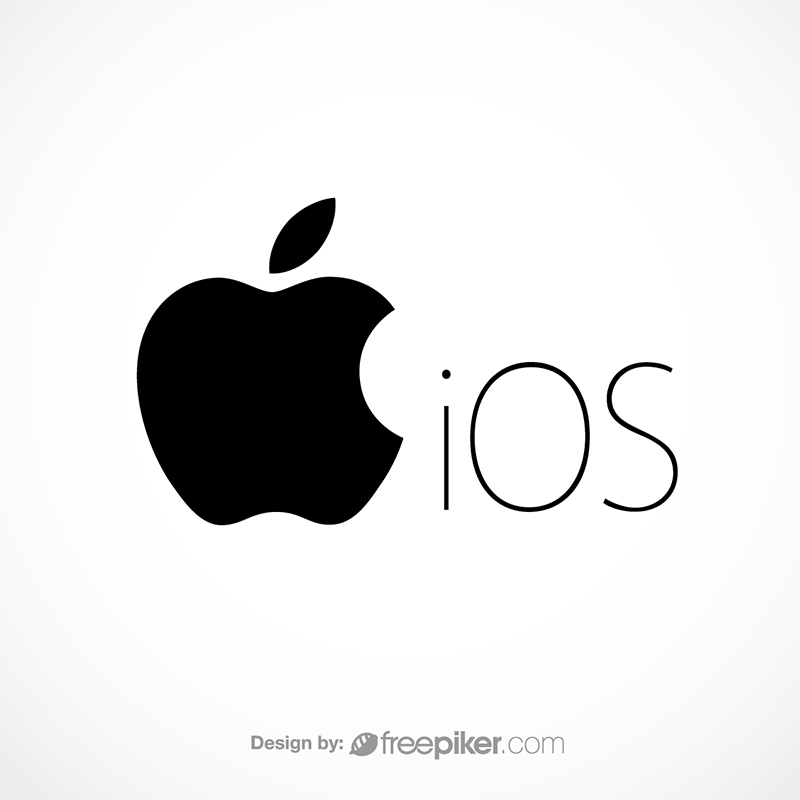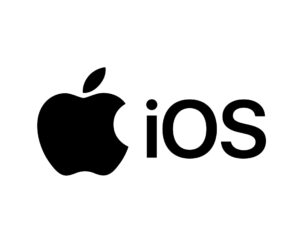
[ad_1]
iOS development has become one of the most sought-after skills in the technology landscape, given its widespread use in mobile applications across various industries. As the demand for high-quality iOS apps continues to rise, understanding the process of building them can set you on the path to success. In this article, we will outline The Ultimate Roadmap to iOS Development Success—a comprehensive guide that will help you navigate the complexities of iOS development.
Understanding iOS Development
1.1 What is iOS Development?
iOS development involves the creation of applications for Apple’s iOS operating system, which powers devices like the iPhone and iPad. Developers use different programming languages, frameworks, and tools to create user-friendly, functional, and aesthetically pleasing apps.
1.2 Importance of iOS Development
The importance of iOS development cannot be overstated. With millions of users around the globe, iOS presents opportunities for developers to reach a large audience. Moreover, businesses increasingly rely on mobile apps for customer engagement, driving the demand for skilled iOS developers.
Setting Up Your Development Environment
2.1 Required Tools and Technologies
To kickstart your journey in iOS development, you need some essential tools:
-
- Mac Computer: The primary requirement for iOS development is a Mac running macOS.
-
- Xcode: The official Integrated Development Environment (IDE) for iOS development provides all the tools required to build apps.
-
- Swift: The primary programming language for iOS development which is powerful yet easy to learn.
2.2 Installing Xcode
To install Xcode:
-
- Open the Mac App Store on your Mac.
-
- Search for “Xcode.”
-
- Click the “Get” button to download and install.
-
- Once installed, open Xcode and familiarize yourself with the interface.
2.3 Understanding Swift
Swift is a modern programming language created by Apple, focusing on performance and developer experience. It’s essential to grasp the basics of Swift, including variables, functions, and control flow, as it forms the backbone of iOS development.
Learning the Basics of iOS Development
3.1 Fundamental Concepts
To succeed in iOS development, you should understand several core concepts:
-
- MVC (Model-View-Controller): This design pattern is fundamental to iOS app architecture.
-
- UI Components: Learn about UIKit, which helps create interfaces for iOS apps.
-
- APIs and Frameworks: Familiarize yourself with essential frameworks like Core Data, Foundation, and AVFoundation.
3.2 Best Practices
Adopting best practices early in your career can lead to cleaner code and efficient workflows. Key best practices include:
-
- Write clear and maintainable code.
-
- Use version control systems like Git.
-
- Prioritize user experience in design and functionality.
Building Your First iOS App
4.1 App Idea and Planning
Start by brainstorming app ideas based on real-world problems or gaps in the market. Create a unique value proposition that distinguishes your app from competitors. Outline features and create wireframes for better visualization.
4.2 Designing the User Interface
The design phase is crucial for an app’s success. Use tools like Sketch or Figma to create mockups and gather feedback. Remember to adhere to Apple’s Human Interface Guidelines to ensure a consistent user experience.
4.3 Implementing Core Features
Once the design is finalized, dive into the development phase:
-
- Set up your project in Xcode.
-
- Implement features using Swift.
-
- Utilize Interface Builder to create your UI visually.
Testing and Debugging
5.1 Importance of Testing
Thorough testing is vital for a successful app launch. It helps identify bugs and ensures that the app meets user expectations. Aim for both functional and usability testing.
5.2 Tools for Testing
Familiarize yourself with testing tools. For iOS, XCTest is the primary framework for unit testing. Consider using additional tools like:
-
- XCUITest for UI testing.
-
- Crashlytics for error tracking.
-
- Instruments for performance monitoring.
Publishing and Marketing Your App
6.1 App Store Guidelines
Before launching, ensure your app complies with Apple’s review guidelines. Familiarize yourself with the submission process, including necessary assets like app icons and screenshots.
6.2 Marketing Strategies
Once your app is live, it’s time to market it. Use strategies such as:
-
- Social Media Marketing: Leverage platforms like Instagram, Twitter, or LinkedIn.
-
- Influencer Marketing: Collaborate with influencers in your app’s niche.
-
- SEO: Optimize your app’s App Store page for visibility.
Continuous Learning and Community Engagement
7.1 Staying Updated
The tech landscape is always evolving. Follow iOS development blogs, podcasts, and YouTube channels to stay updated with the latest trends and best practices.
7.2 Online Communities and Networking
Join online forums and communities such as:
-
- Stack Overflow: For resolving development queries.
-
- Reddit: Subreddits like r/iOSProgramming.
-
- Meetup.com: Attend local iOS development meetups.
FAQs
Q1: What is the best language for iOS development?
A1: Swift is the best language for iOS development, as it’s designed for safety and performance on Apple’s platforms.
Q2: Do I need a Mac to develop iOS apps?
A2: Yes, a Mac computer is required to run Xcode, the primary development environment for iOS apps.
Q3: How can I publish my app on the App Store?
A3: You need to enroll in the Apple Developer Program, adhere to App Store guidelines, and submit your app for review through Xcode.
Q4: Are there any online courses for iOS development?
A4: Yes, there are many platforms like Udemy, Coursera, and edX offering courses tailored for beginners and advanced iOS developers.
Q5: How can I test my iOS app effectively?
A5: Utilize XCTest for unit and UI testing, along with additional tools like Crashlytics for crash reporting and Instruments for performance analytics.
Q6: Is it essential to know Swift to become an iOS developer?
A6: Knowing Swift is crucial; it’s the primary programming language used for iOS app development and central to understanding iOS development concepts.
This roadmap should give you a clear path to follow, highlighting essential stages and skills you’ll need to master for iOS development success. Continue to explore, learn, and evolve as you dive deeper into the world of iOS applications. Happy coding!
[ad_2]







